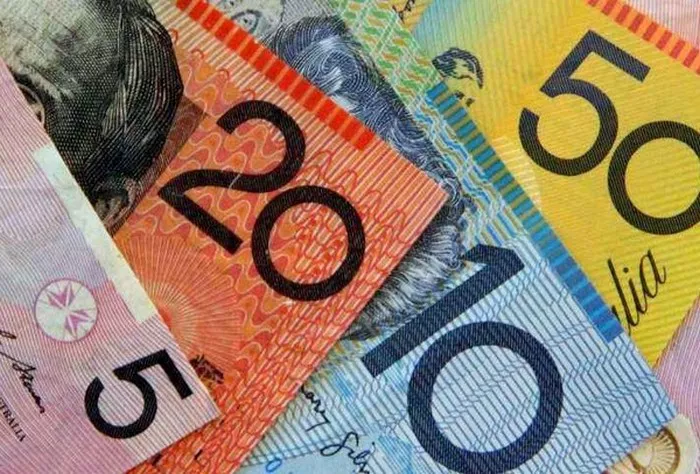The Australian dollar (AUD) is the official currency of Australia, and it has been an important player in the global currency market for many years. In recent times, the performance of the AUD has been closely watched by investors and analysts, as it provides a valuable insight into the economic health of the country. This article will examine the current state of the Australian dollar and explore some of the factors that are influencing its performance.
Overview of the Australian Economy
Before delving into the performance of the Australian dollar, it is important to understand the broader economic context in which it operates. Australia is considered to be a developed economy with a strong track record of growth and stability. According to data from the World Bank, Australia’s GDP was approximately US$1.4 trillion in 2020, making it the 14th largest economy in the world. The country is known for its abundance of natural resources, including coal, iron ore, and gold, which have helped to fuel its economic growth.
In recent years, however, the Australian economy has faced a number of challenges. The COVID-19 pandemic has had a significant impact on the country’s economy, leading to job losses, business closures, and a sharp decline in economic activity. Additionally, the ongoing trade tensions between China and other countries, including Australia, have created uncertainty for businesses operating in the region.
Factors Affecting the Australian Dollar
The value of the Australian dollar is influenced by a variety of factors, including interest rates, inflation, and global economic conditions. Here are some of the key drivers of the AUD’s performance:
Interest Rates: Like most currencies, the value of the Australian dollar is heavily influenced by interest rates. When interest rates are high, investors are more likely to invest in Australian assets, which can increase demand for the currency and push up its value. Conversely, when interest rates are low, investors may be less likely to invest in Australian assets, which can put downward pressure on the AUD.
Inflation: Inflation is another important factor that affects the value of the Australian dollar. High levels of inflation can erode the purchasing power of the currency, making it less attractive to investors. Conversely, low levels of inflation can make the currency more attractive, as it maintains its value over time.
Global Economic Conditions: The performance of the global economy can also have a significant impact on the value of the Australian dollar. When global economic conditions are strong, demand for Australian commodities such as iron ore and coal tends to increase, which can drive up the value of the AUD. Conversely, when global economic conditions are weak, demand for these commodities may decline, putting downward pressure on the currency.
Current Performance of the Australian Dollar
So, how is the Australian dollar performing in the current economic climate? As of June 2023, the AUD has been relatively stable in comparison to other major currencies. It has traded between US$0.70 and US$0.80 over the past year, with some fluctuations due to changes in global economic conditions.
One factor that has contributed to the stability of the AUD is the relatively low interest rates in Australia. The Reserve Bank of Australia (RBA) has kept interest rates at historically low levels in order to support economic growth and employment during the COVID-19 pandemic. While this has put downward pressure on the AUD, it has also helped to stimulate economic activity and support businesses and households.
Another factor that has influenced the performance of the AUD is the ongoing trade tensions between China and Australia. China is Australia’s largest trading partner, and the two countries have experienced a strained relationship in recent years due to political and economic differences. This has led to disruptions in trade, which has had an impact on the Australian economy and the value of the AUD.
Despite these challenges, however, there are also reasons for optimism about the performance of the Australian dollar. The global economy is showing signs of recovery from the COVID-19 pandemic, which could help to boost demand for Australian commodities and support economic growth. Additionally, the RBA has signaled that it may begin to raise interest rates in the coming months as the economy continues to recover, which could increase demand for the AUD.
Conclusion
Overall, the Australian dollar is currently trading at relatively stable levels compared to other major currencies. While there are a number of challenges facing the economy, including ongoing trade tensions with China and the impact of the COVID-19 pandemic, there are also reasons for optimism about the future. As global economic conditions improve and the RBA considers raising interest rates, it is possible that we could see the value of the Australian dollar increase in the coming months. Investors and analysts will be closely watching developments in the Australian economy in order to gain insight into the performance of this important currency.


